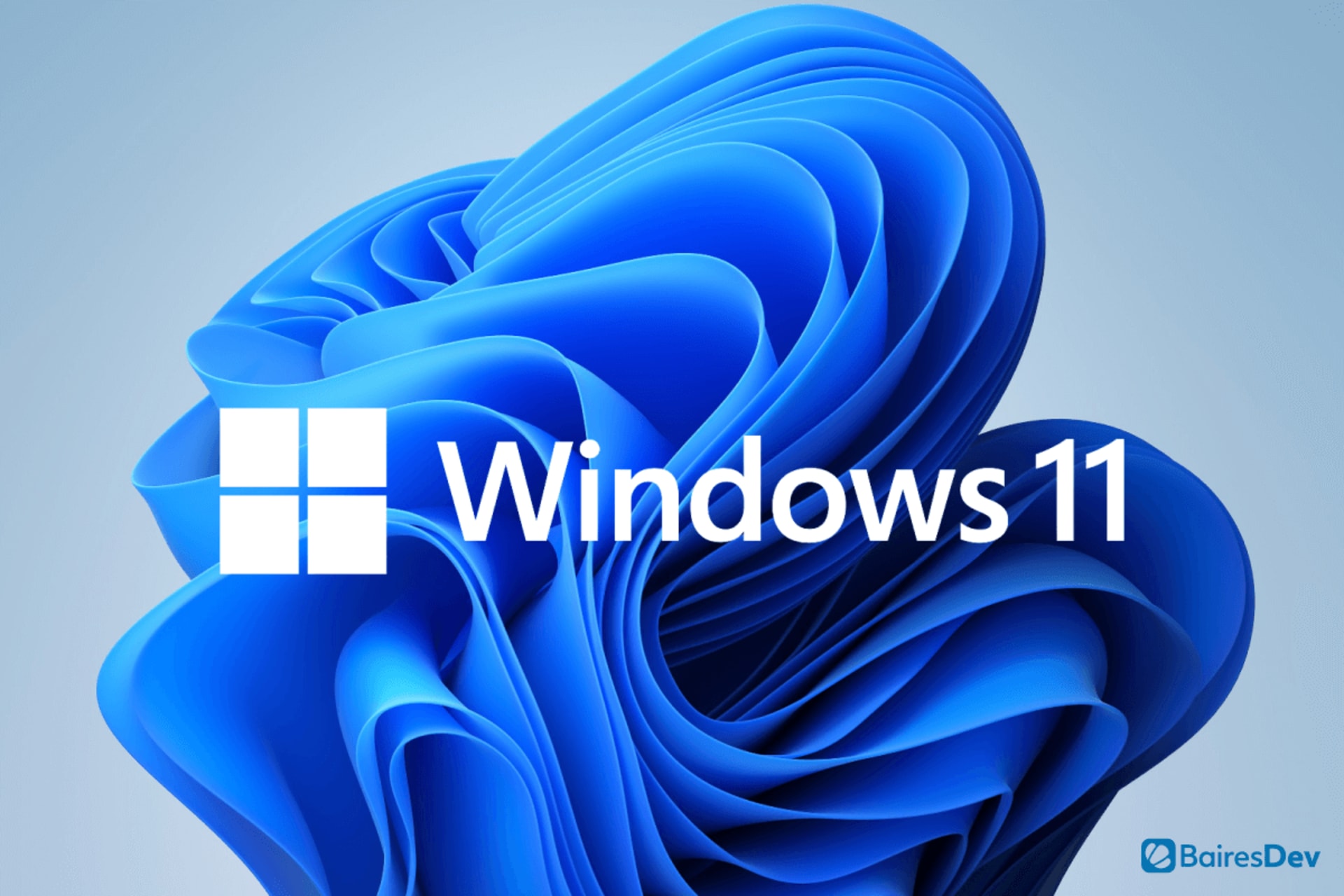In mid-2021, Microsoft released its newest operating system, Windows 11, and in October it became available as a general release to the public. Anyone with a system that meets the requirements can install it for free as an upgrade to their Windows.
Microsoft will continue to support Windows 10 through 2025, so there is no rush to upgrade. However, you might want to do so sooner rather than later to take advantage of the new capabilities offered by Windows 11. In the sections below, we describe what those capabilities are and walk you through when and how to upgrade.
What Can Windows 11 Do?
New features to look forward to include a simpler design, enhanced ease of use, communication upgrades, improved gaming experiences, and an updated Microsoft Store. Let’s take a closer look at some of these features.
- Using Snap Layouts and Snap Groups and Desktops, you can organize and optimize how windows appear on your screens for a cleaner look.
- The ability to create multiple desktops will enable you to keep personal and work lives separate.
- The Microsoft Teams Chat function is integrated into the taskbar so you can use it more readily. You can start a presentation directly from the taskbar.
- The new operating system allows gamers to take full advantage of their system’s hardware to enable immersive graphics at high frame rates, a wider range of colors, and more.
- The Widgets function is similar to apps on your phone, providing information about news, weather, and other personalized content.
- The Microsoft Store has been redesigned to be faster and easier to use for search and discovery. According to TechRepublic, leading first- and third-party apps like Microsoft Teams, Visual Studio, Disney+, Adobe Creative Cloud, Zoom, and Canva will soon be available in the Microsoft Store. You will even be able to search for Android apps.
The following video demonstrates many of these features:
Why Should You Upgrade?
Here are some of the best reasons to upgrade from Windows 10 to Windows 11.
- Your applications work faster. Windows 11 offers improved memory management, so windows you have open and running are the first priority. It also takes less time to resume from sleep mode.
- New Start Menu and Taskbar are conveniently located. The Start Menu and Taskbar in Windows 11 are centered on your screen, so they’re easier to access. (However, you can move them to the side if you prefer.) The Start Menu is simpler, with only frequently accessed apps and documents visible. The Taskbar includes an icon for searches instead of a box and no longer features Cortana.
- You get multitasking help. Snap Layouts groups windows and enables you to tile them in various sizes. The OS also saves your window setup, so it appears the same way on your monitor later.
- You have better functionality for tablet mode. When you switch your tablet-enabled device to tablet mode, the touch screen becomes more responsive. The OS also provides gestures for opening and closing windows and switching between desktops.
- It’s the most secure. Windows 11 is the most secure version of Windows due to Trusted Platform Module (TPM) 2.0, which performs security-related functions, and Secure Boot, which ensures a device boots only trusted software.
Additionally, Microsoft has noted that Windows 11 is just as easy for IT teams to deploy and manage as Windows 10, as upgrading to Windows 11 is similar to running a Windows 10 feature update. Management tools such as Microsoft Endpoint Manager, cloud configuration, Windows Update for Business, and Autopilot are available to help integrate Windows 11.
Further, a tool called Test Base for Microsoft 365 helps teams test business-critical applications. And Microsoft promises that existing applications will work on Windows 11 and offers its App Assure service to help teams with 150 or more users fix application issues they may encounter.
When Should You Upgrade?
Windows 11 is available now, but some experts recommend waiting to upgrade. For example, a recent PC Gamer article states that some of the promised features of the new OS aren’t available yet, explaining that an update planned for a few months from now will be better.
During that time, Microsoft will be correcting some features that aren’t working as well as they could or that users are unhappy with. If you decide to install Windows 11 now and end up disliking it, you have the option to switch back within 10 days.
How to Upgrade
If you don’t have an IT department directing the upgrade to Windows 11, follow these instructions. You’ll first need to know the system requirements, which are as follows.
- Processor: 1 gigahertz (GHz) or faster with two or more cores on a compatible 64-bit processor or System on a Chip (SoC)
- RAM: 4 gigabytes (GB)
- Storage: 64 GB or larger storage device
- System firmware: UEFI, Secure Boot capable
- Graphics card: Compatible with DirectX 12 or later with WDDM 2.0 driver
- Display: High-definition (720p) display that is greater than 9″ diagonally, 8 bits per color channel
- Internet connection: Windows 11 Home edition requires internet connectivity and a Microsoft account. Switching a device out of Windows 11 Home in S mode requires internet connectivity. For all Windows 11 editions, internet access is required to perform updates and to download and take advantage of some features. A Microsoft account is required for some features.
Next, to see if your PC is eligible for the free upgrade to Windows 11, navigate to the Update & Security settings screen. A notice should appear requesting that you download Windows 11. However, don’t do the upgrade until you’ve prepared by updating Windows 10 and rebooting, backing up files, and making sure the current applications that you use will work with Windows 11.







